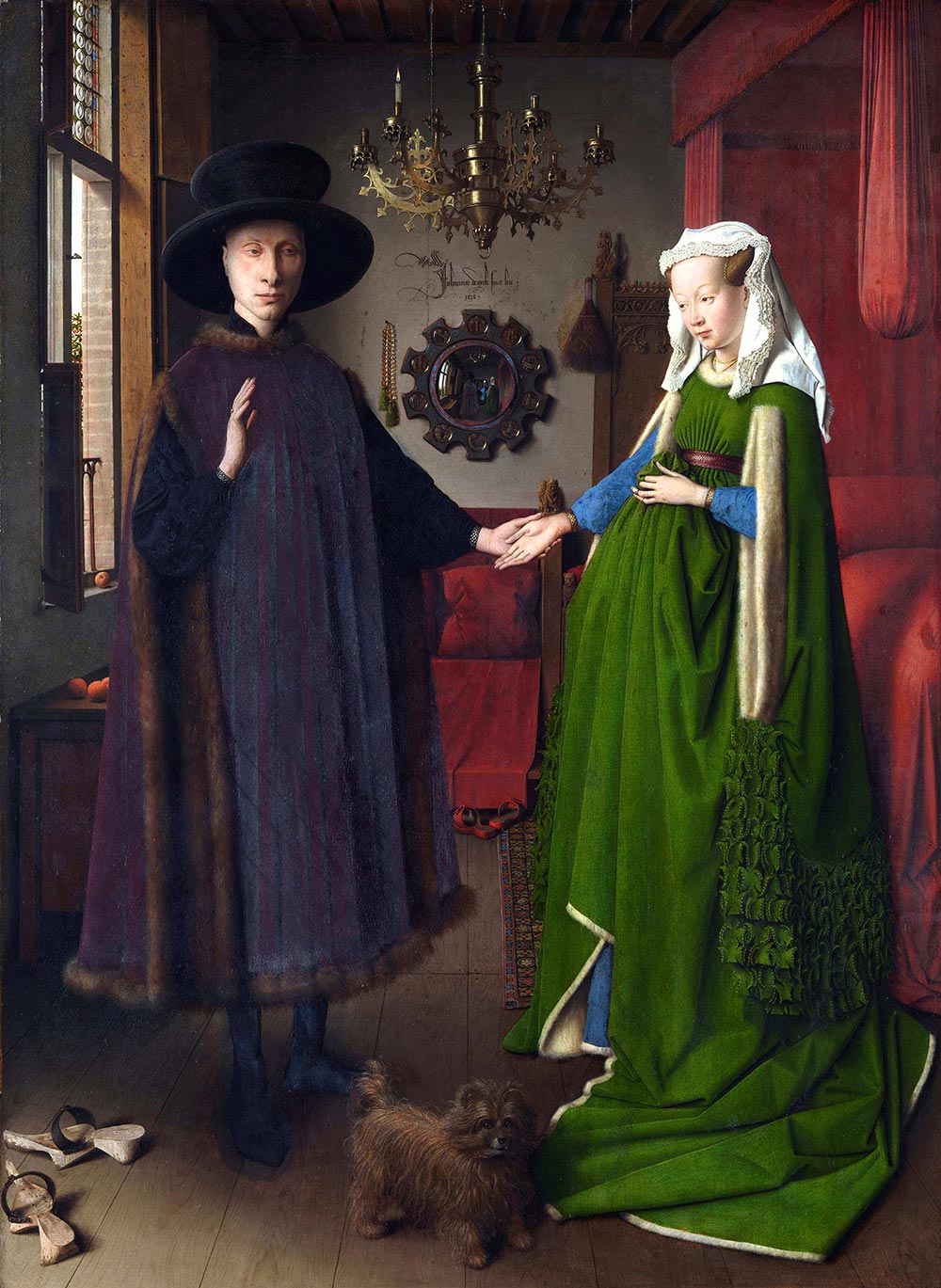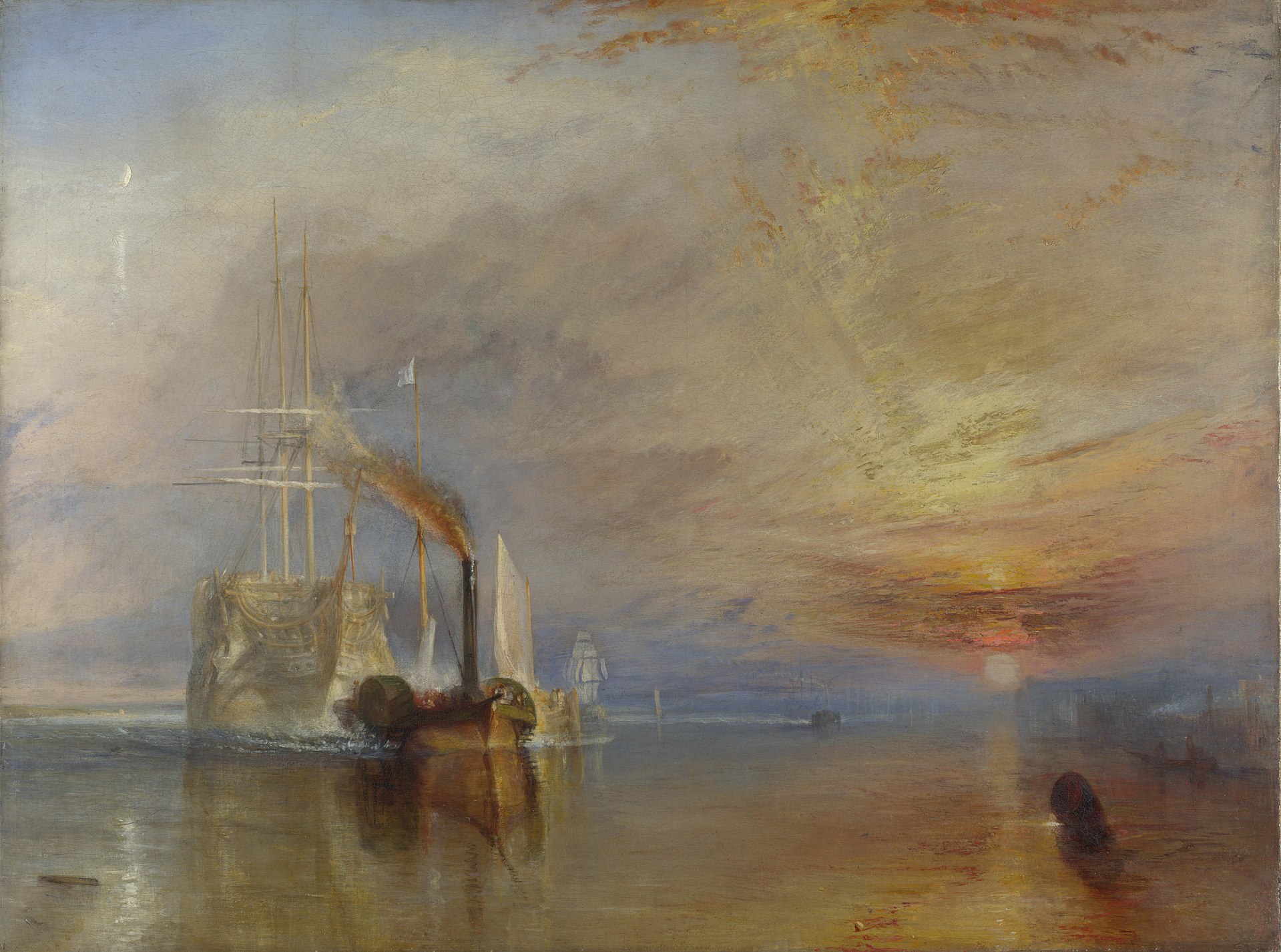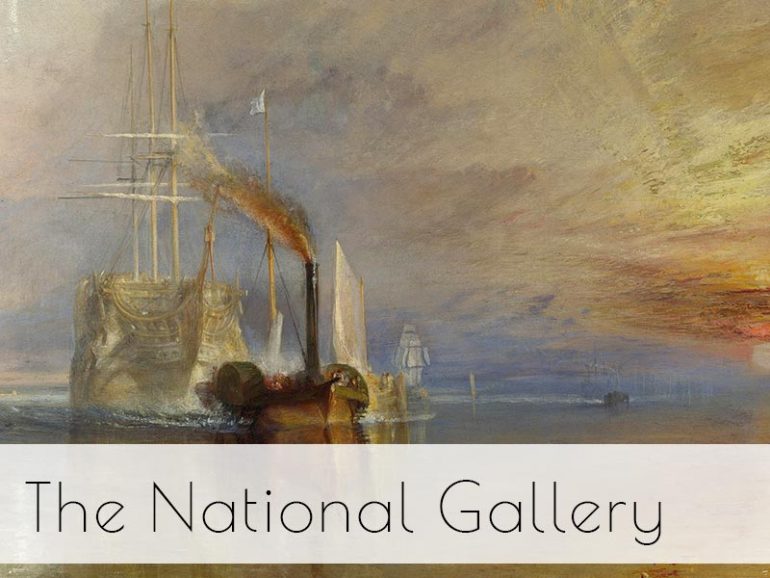Welcome to our blog post about the National Gallery in London. Established in 1824, this iconic institution houses a remarkable collection of paintings that span from the Middle Ages to the modern era. For our London Art College students who have the opportunity to visit, it serves as an invaluable resource for inspiration, education, and appreciation of the world’s finest masterpieces.
Situated on Trafalgar Square, the National Gallery commands a prime location in central London, making it easily accessible from central London. As you step inside the National Gallery, you’ll be greeted by an awe-inspiring array of paintings that showcase the evolution of art through the ages. Among the countless treasures housed within its walls, four masterpieces stand out as iconic symbols of artistic excellence, each offering a glimpse into the genius of their creators. We will cover these in our blog post below, follow the links and watch the YouTube videos to find out more about each painting and we hope that they all inspire you!
“The Arnolfini Portrait” by Jan van Eyck
One of the most celebrated works of the Northern Renaissance, “The Arnolfini Portrait” by Flemish artist Jan van Eyck is a mesmerizing study in detail and symbolism. Painted in 1434, this oil masterpiece depicts the Italian merchant Giovanni di Nicolao Arnolfini and his wife, Giovanna Cenami, standing in a lavishly appointed room. Art students should pay close attention to van Eyck’s meticulous rendering of textures, from the sumptuous fabrics to the intricate patterns of the rug. Additionally, the symbolic elements scattered throughout the painting, such as the convex mirror and the oranges on the windowsill, offer fertile ground for interpretation and analysis.

Listen to the short video below which gives a good insight into the painting, some of the finer details in the painting you may have missed for instance the graffiti signature on the wall and the people in the mirror below.
“Sunflowers” by Vincent van Gogh
Vincent van Gogh’s “Sunflowers” is perhaps one of the most iconic representations of the artist’s unique vision and emotional intensity. Painted in 1888 during his time in Arles, France, this series of vibrant still-life compositions captures the beauty and transience of nature with breathtaking immediacy. When viewing “Sunflowers,” art students should take note of van Gogh’s bold use of colour and dynamic brushwork, which imbue the humble subject matter with a sense of vitality and emotional resonance.

Find out what researchers have discovered about Vincent van Gogh’s Sunflowers painting. 5 surprising facts about this famous artwork.
“The Fighting Temeraire” by J.M.W. Turner
J.M.W. Turner’s “The Fighting Temeraire” is a stirring testament to the power of the British Romantic tradition and the transformative impact of the Industrial Revolution on society and the natural world. Completed in 1839, this evocative seascape depicts the iconic warship HMS Temeraire being towed to its final berth by a steam-powered tugboat, symbolising the end of an era and the dawn of a new technological age. As art students observe Turner’s masterful manipulation of light and atmosphere, they should consider the painting’s historical context and the artist’s poignant commentary on the passage of time and the inexorable march of progress.

“The Ambassadors” by Hans Holbein the Younger
Hans Holbein the Younger’s “The Ambassadors” is a tour de force of Renaissance portraiture and symbolic storytelling. Painted in 1533, this monumental double portrait depicts the French ambassador Jean de Dinteville and the Bishop of Lavaur, Georges de Selve, surrounded by an array of meticulously rendered objects that convey their wealth, status, and intellectual pursuits. Art students should closely examine the distorted image of a skull at the bottom of the painting, known as a memento mori, which serves as a potent reminder of the transience of life and the vanity of earthly possessions.
If you are unable to visit The National Gallery in person, not only do we hope our collection of paintings and their accompanying videos will give you a broader insight into each piece of artwork, We would encourage you to take an hour to peruse the gallery’s website – The National Gallery, London. They provide up close and very detailed versions of the paintings they have on display, plus they have their own videos about the paintings to view too. So put your feet up, take some time for yourself and enjoy!
If you would like to receive a roundup of all of our blog posts once a week to keep you inspired in your inbox, why not sign up to our newsletter. You can access our sign up at the top of our page. If you are a London Art College student and you would like your artwork featured here, drop us a line at any time.

